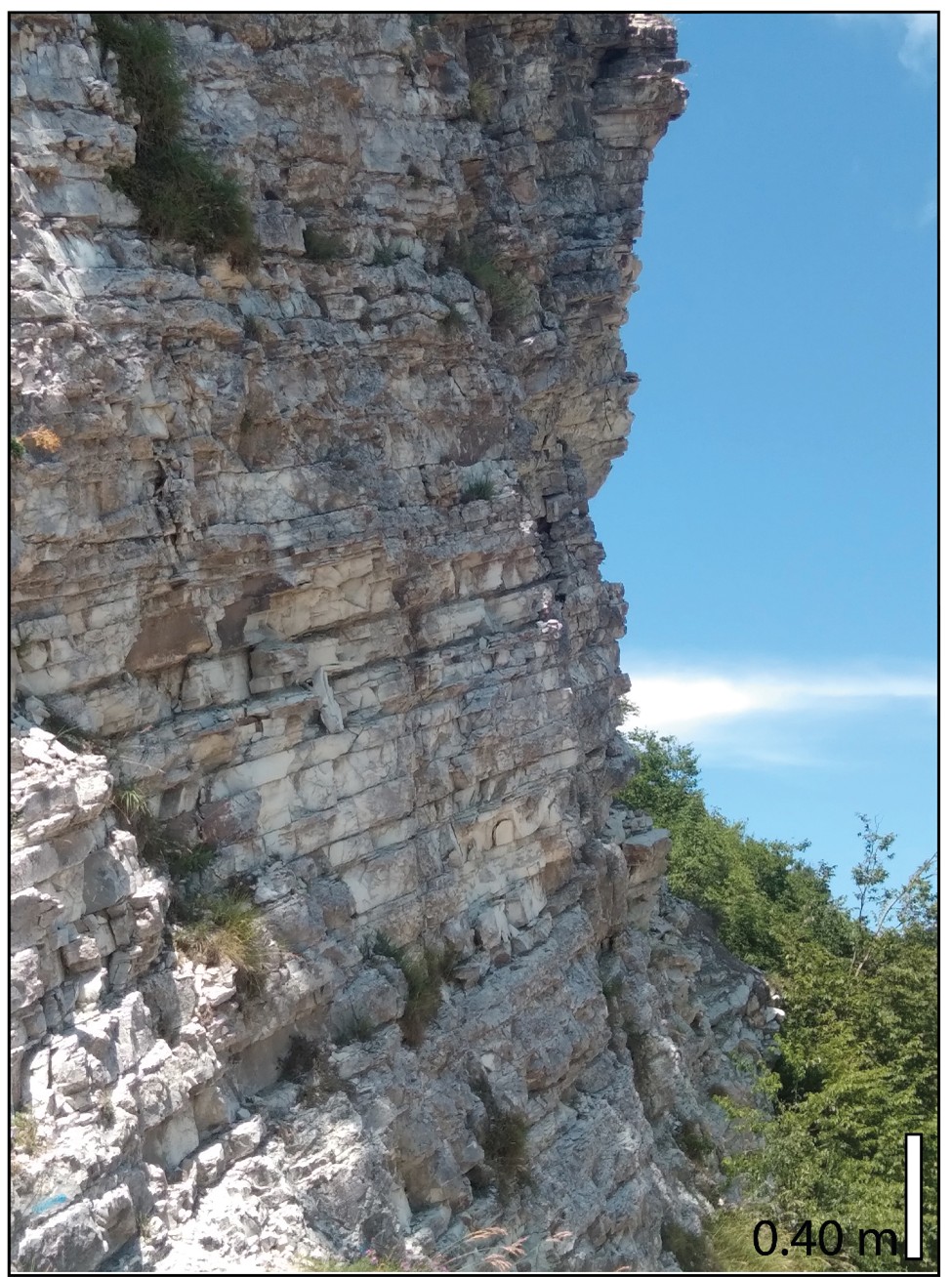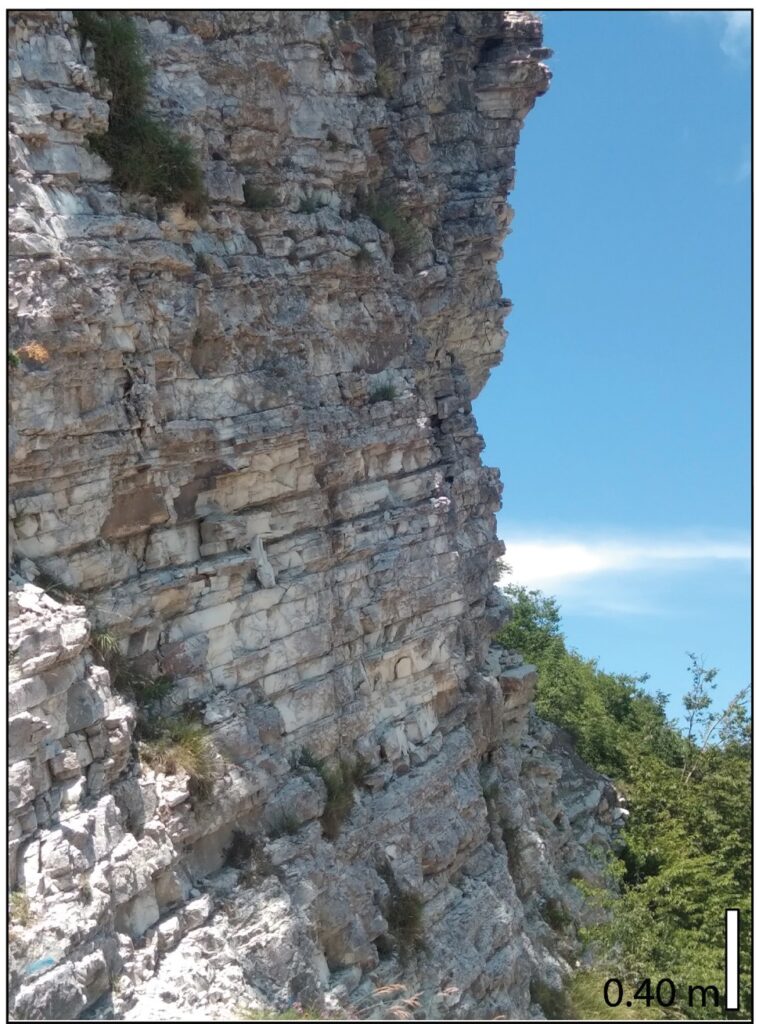Enhancing Fluid Flow Models of Fractured Chalk Aquifers for Sustainable Energy and Environmental Protection

This project addresses a major challenge in environmental science and subsurface resource management: accurately predicting how water, pollutants, and energy-critical fluids move through fractured chalk rock formations (Agbotui et al. 2020; Medici and West 2021). These formations are widespread across Europe and serve as vital sources of drinking water, as well as representing potential sites for geothermal energy production, carbon storage and nuclear waste disposal. Rock fractures represent the principal flow pathways for fluids through these formations, so reliable three-dimensional models of fracture networks are needed to properly represent fluid and pollutant movement to injection/production wells.
Previous approach to finding permeability of fracture networks use fracture aperture, orientation and mean fracture density, typically based on well imaging data. As no direct information is available away from wells, it’s usually assumed that fractures have infinite lateral extent – i.e. once fluid enters an optimally oriented fracture, it does not need to leave that fracture and flow into a differently oriented fracture, or via the rock matrix, to reach the next optimally oriented fracture (Oda 1986). This oversimplifies real-world conditions and can lead to grossly inaccurate predictions.
This project will work in collaboration with researchers at the Danish Technical University, who are developing algorithms to calculate network permeability considering the geometry and connectivity of the fractures, as part of an EU Horizon funded project on geothermal energy (Go-Forward). Using field-based measurements in chalk formations, you will investigate whether these new models can better characterise flow through fracture networks with different degrees of fracture connectivity, compared to the standard Oda model, and help to adjust and refine the new models where necessary.

The research will focus on a well-documented chalk formation in northeastern Italy where:
- Fracture patterns and densities are already mapped through field surveys on gentle anticlines (Fig. 1) and borehole data (Tavani et al. 2008; Montone et al. 2024).
- Groundwater flow characteristics have been measured through pumping tests.
- The site has been studied in the depth range 0.1 to 0.35 km below the ground surface due to the planning of a nuclear waste repository (Valigi et al. 2022), providing a rich dataset for modeling.
Because the necessary geological and hydraulic data are already available, the project can proceed efficiently without the need for further fieldwork. However, site visits to surface rock outcrops (Fig. 2) will be facilitated where appropriate, to ensure accurate interpretation of the geological context. The Cretaceous Chalks of NE Italy represent an excellent analogue for the British and the Danish Chalks of the same age outcropping in NW Europe, which are important groundwater aquifers and potential carbon capture sites.

Using existing data, you will:
- Apply advanced numerical models to simulate fluid flow through connected fracture networks.
- Calculate permeability tensors to describe how easily fluids move in different directions.
- Compare model predictions with real-world measurements from the nuclear waste repository study to validate and refine the approach used to simulate the 3D fracture network.
This work will be carried out in collaboration with academic partners at Sapienza University and the Danish Technical University, ensuring scientific rigor and relevance.
Expected Outcomes and Impact
- Improved modelling tools for predicting groundwater flow and contaminant transport in fractured chalk systems.
- Transferable methods that can be applied to other chalk formations across Europe, including those in the UK and Denmark.
- Support for environmental protection, by enabling better risk assessments for pollution and more informed groundwater management.
- Contribution to sustainable energy, by improving site selection and performance modelling for geothermal energy and carbon capture and storage (CCS) projects.
Importance
As climate change and population growth increase pressure on water resources and energy systems, it is essential to develop tools that help us manage the subsurface responsibly. This project offers a cost-effective, data-driven approach to improving our understanding of fractured rock systems—an area of growing importance in both environmental science and energy research. This research will provide valuable insights for scientists, policymakers, and engineers working to protect the environment and develop sustainable solutions for the future.
References
Agbotui, P.Y., West, L.J., Bottrell, S.H. 2020. Characterisation of fractured carbonate aquifers using ambient borehole dilution tests. Journal of Hydrology 589, 125191.
Glad, A.C., Amour, F., Welch, M.J., Clausen, O.R., Anderskouv, K., Ineson, J.R., Sheldon, E., Nick, H.M. 2022. Natural fractures and discontinuities in a Lower Cretaceous chalk-marlstone reservoir, Valdemar Field, Danish North Sea. Marine and Petroleum Geology, 136, 105445.
Medici, G., West, L.J. 2021. Groundwater flow velocities in karst aquifers; importance of spatial observation scale and hydraulic testing for contaminant transport prediction. Environmental Science and Pollution Research 28(32), 43050-43063.
Montone, P., Pierdominici, S., Mariucci, M. T., Mirabella, F., Urbani, M., Akimbekova, A., Chiaraluce L., Johnson W, Barchi, M. R. 2024. Geophysical downhole logging analysis within the shallow-depth ICDP STAR drilling project (central Italy). Solid Earth 15, 1385-1406.
Oda, M. 1986. An Equivalent Continuum Model for Coupled Stress and Fluid Flow Analysis in Jointed Rock Masses. Water Resources Research 22, 1845-1856.
Tavani, S., Storti, F., Salvini, F., Toscano, C. 2008. Stratigraphic versus structural control on the deformation pattern associated with the evolution of the Mt. Catria anticline, Italy. Journal of Structural Geology 30(5), 664-681.
Welch, M.J. (2023). Using Geomechanical Models to Simulate the Growth of the Fracture Network in the Ekofisk Formation of the Kraka Structure, Danish Central Graben. In: Welch, M.J., Lüthje, M. (eds) Geomechanical Controls on Fracture Development in Chalk and Marl in the Danish North Sea. Petroleum Engineering. Springer, Cham. https://doi.org/10.1007/978-3-031-35327-7_7.
